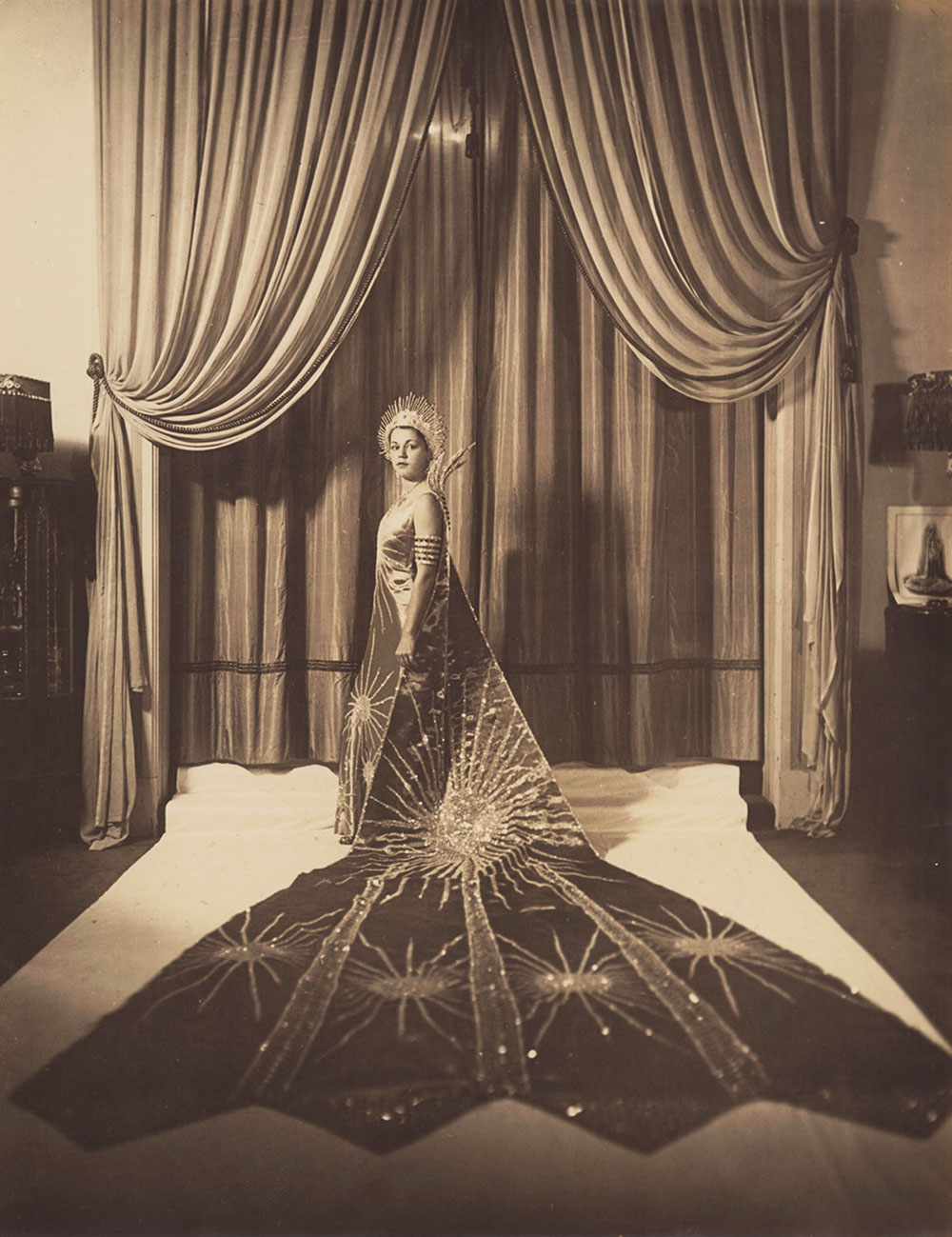
To many, they are among the most recognizable symbols of traditional New Orleans Mardi Gras. Flamboyant, poised and ever-elegant, Carnival Kings and Carnival Queens were — and still are — elected annually to preside over the city’s early March celebrations. And yet today, one of the most prolific and talented photographers of old-time parade royalty remains little known outside Louisiana.
Renowned locally, “Pops” Whitesell — born Joseph Woodson Whitesell — was frequently commissioned to photograph New Orleans high society, from Mardi Gras Queens and blushing brides to cultural celebrities. Sinclair Lewis, Tennessee Williams, Hoosier Wayman Adams and Beverly Taylor are just a few of the artists who sat in front of his lens.
Whitesell was something of an inventor, too, constructing much of his equipment himself. He designed an enlarger by using an elaborate series of fans, levers, and floodlights. Whitesell also manipulated his negatives and prints, and was skilled at burning and dodging; heavy retouching; and even cutting figures out, re-arranging them, and then gluing them back together and re-photographing them. His inventiveness, however, was not solely limited to photographic equipment; it extended to contraptions for opening and closing curtains, mirrors for viewing visitors at the gate, and a version of an outdoor shower.
He called 726 Saint Peter Street in New Orleans home — an address that would become the city’s legendary Preservation Hall, an icon of American musical culture and the residence of the Preservation Hall Jazz Band. The photographs he made there defined Louisiana luxury in its early 2oth century prime. In that very studio, he drew inspiration from Dutch painters like Rembrandt and Vermeer, who used light and shadow to create intense character studies. He was known for photographing figural groups, and excelled in arranging subjects in naturalistic tableaux. Indeed, you can often find him among the crowd with his telltale cable release in hand. He was a keen observer of the natural and architectural landscape of New Orleans, turning his photographic eye to capture the Baroque mystery of the sultry French Quarter streets and the quiet solitude of Audubon Park’s live oaks.
Born in Libertyville, Indiana, in 1876, Whitesell studied painting before discovering his natural aptitude for photography. After living in Illinois and South Carolina, an offer to work with the Anthony H. Hitchler studio brought him to New Orleans in 1918. Whitesell worked for several photographic studios in New Orleans before building his own darkroom and studio in old slave quarters at Saint Peter Street.
A bona fide French Quarter bohemian, Whitesell’s eccentricities often overshadowed his photography. Despite having been ranked among the top ten salon photographers of 1947, piles of his prints and glass negatives remain practically untouched in private collections, and in the archives of Tulane University.
Still, there can be no doubt that Pops earned his place in the unique and magnificent cultural landscape that is New Orleans.
Special thanks to: Ben Jaffe and Ron Rona of Preservation Hall; Anna Gospodinovich, Wayne Phillips, Tony Lewis, and Greg Lambousy of the Louisiana State Museum; and John Lawrence, Daniel Hammer, Jude Solomon, and Robert Ticknor of the New Orleans Historic Collection.
Melissa Cacciola is a New York and New Orleans based photographer who specializes in tintype and nineteenth-century photographic processes. Her Brass Band series, Brass on Tin, can be seen at Preservation Hall through March 30th, 2014.
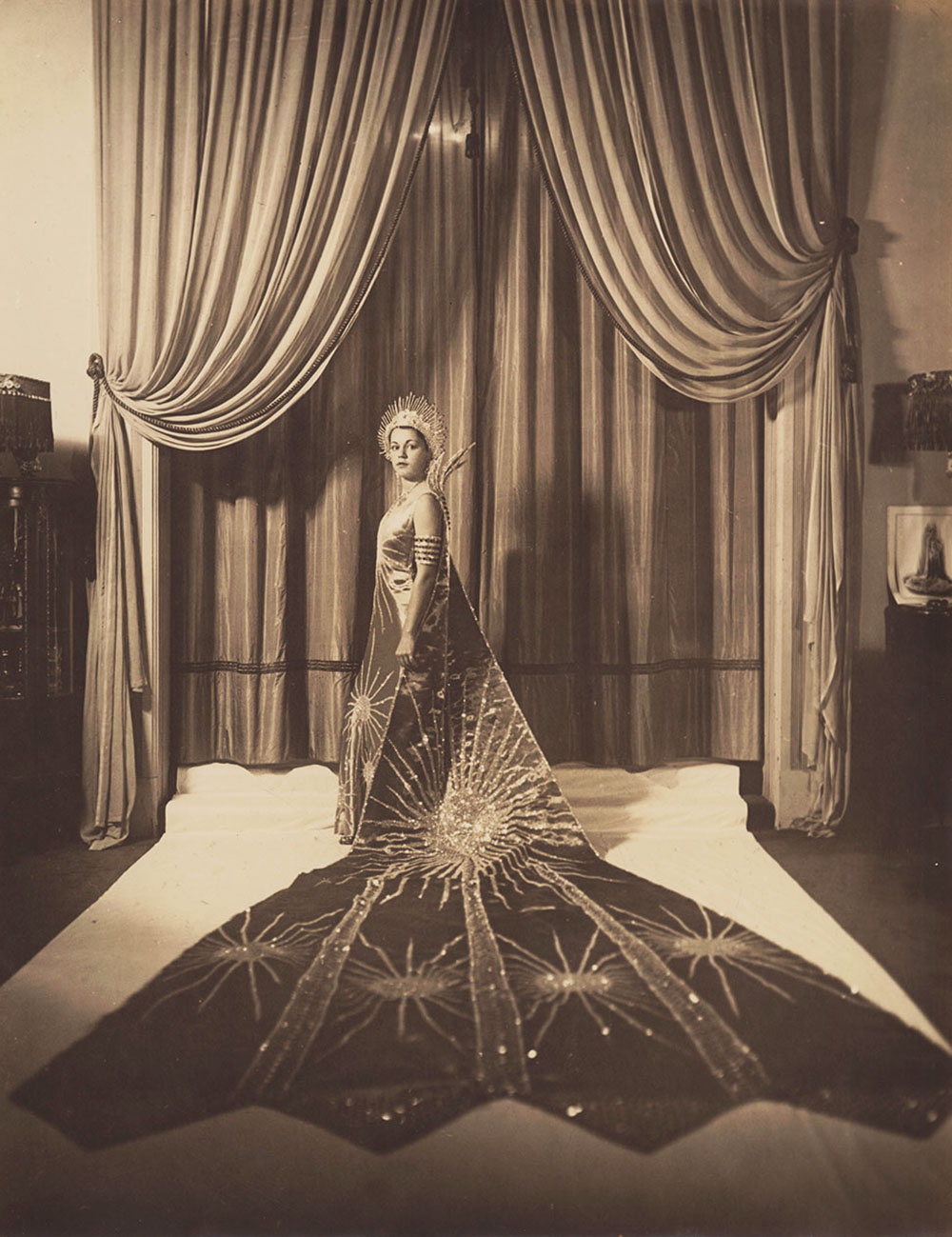


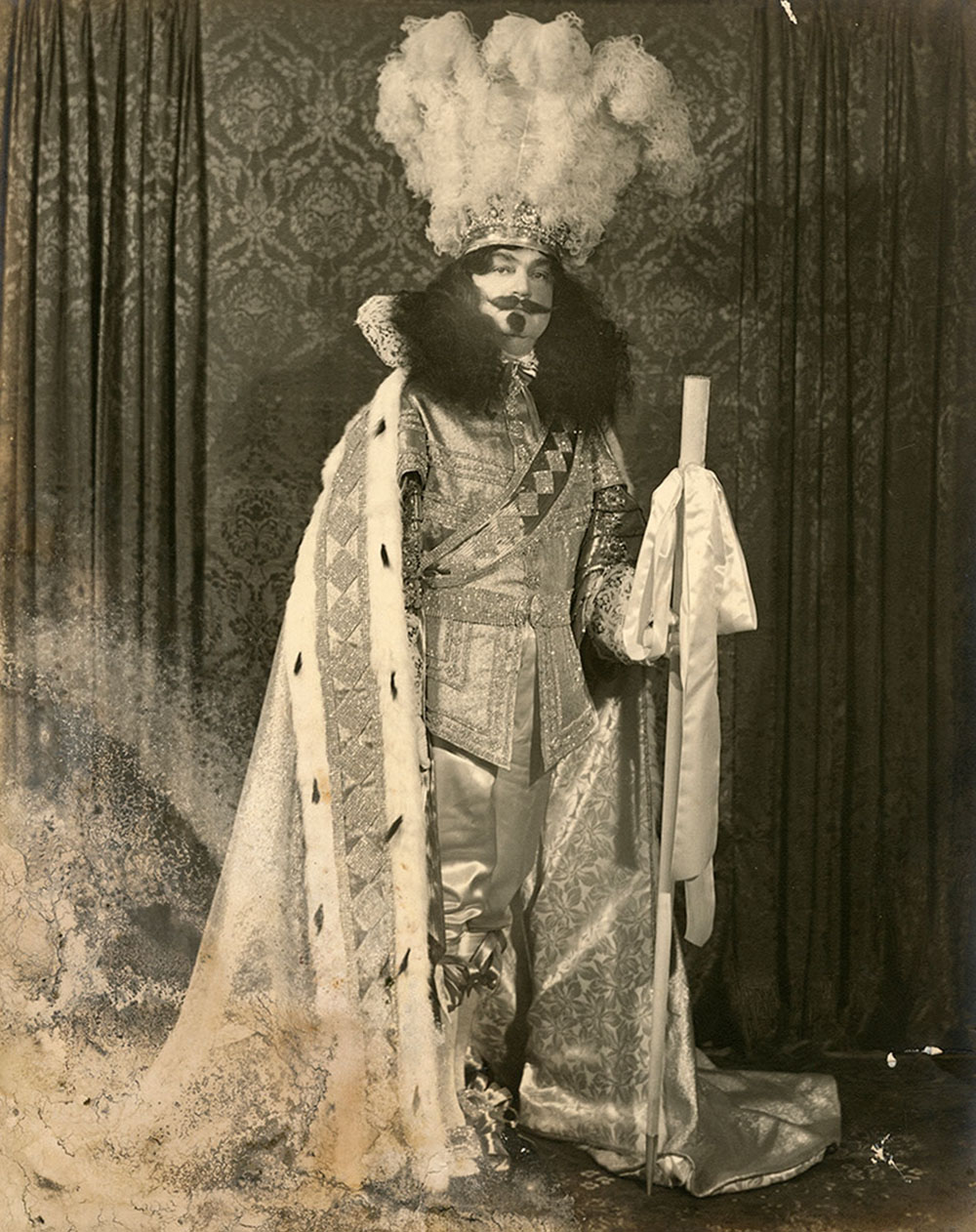
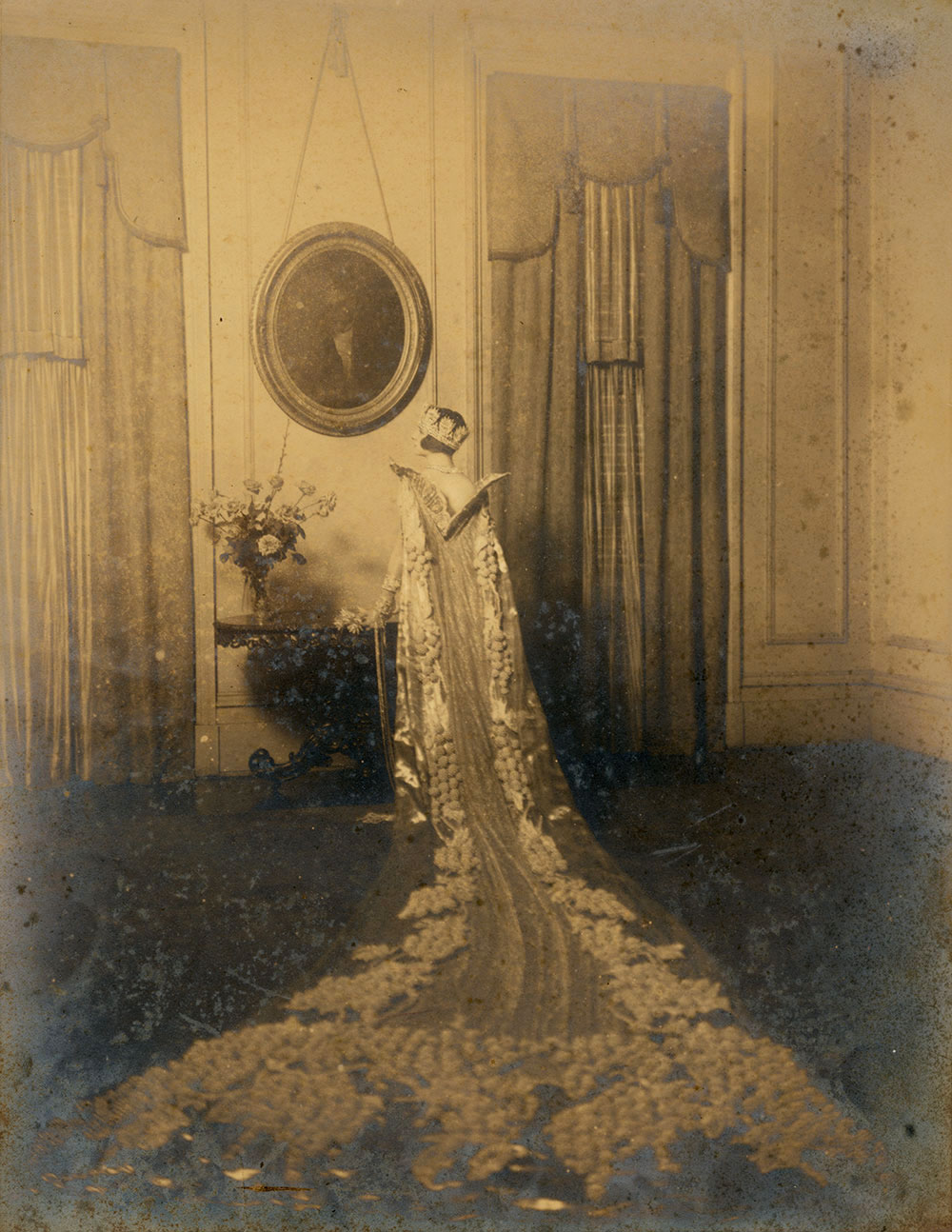
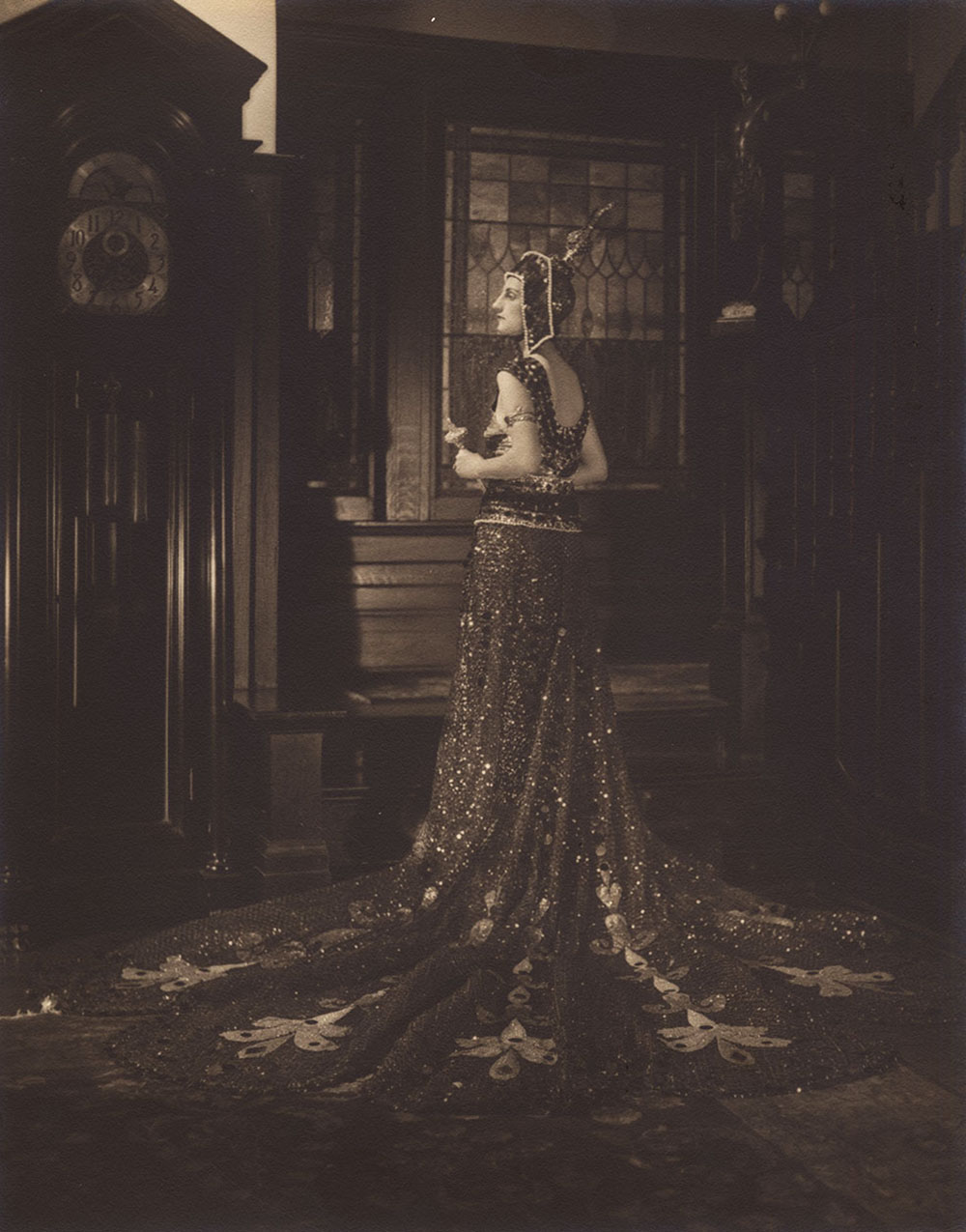

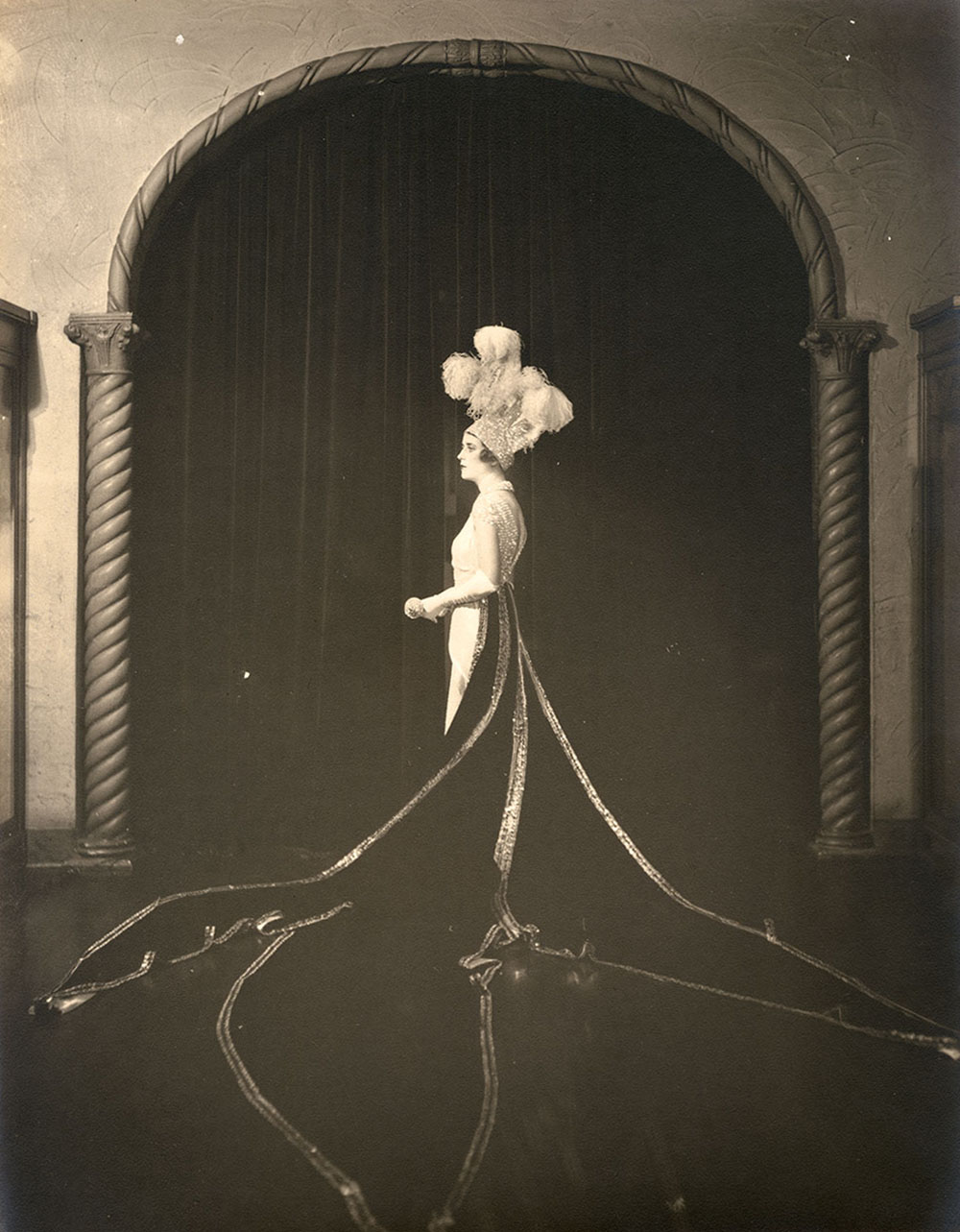
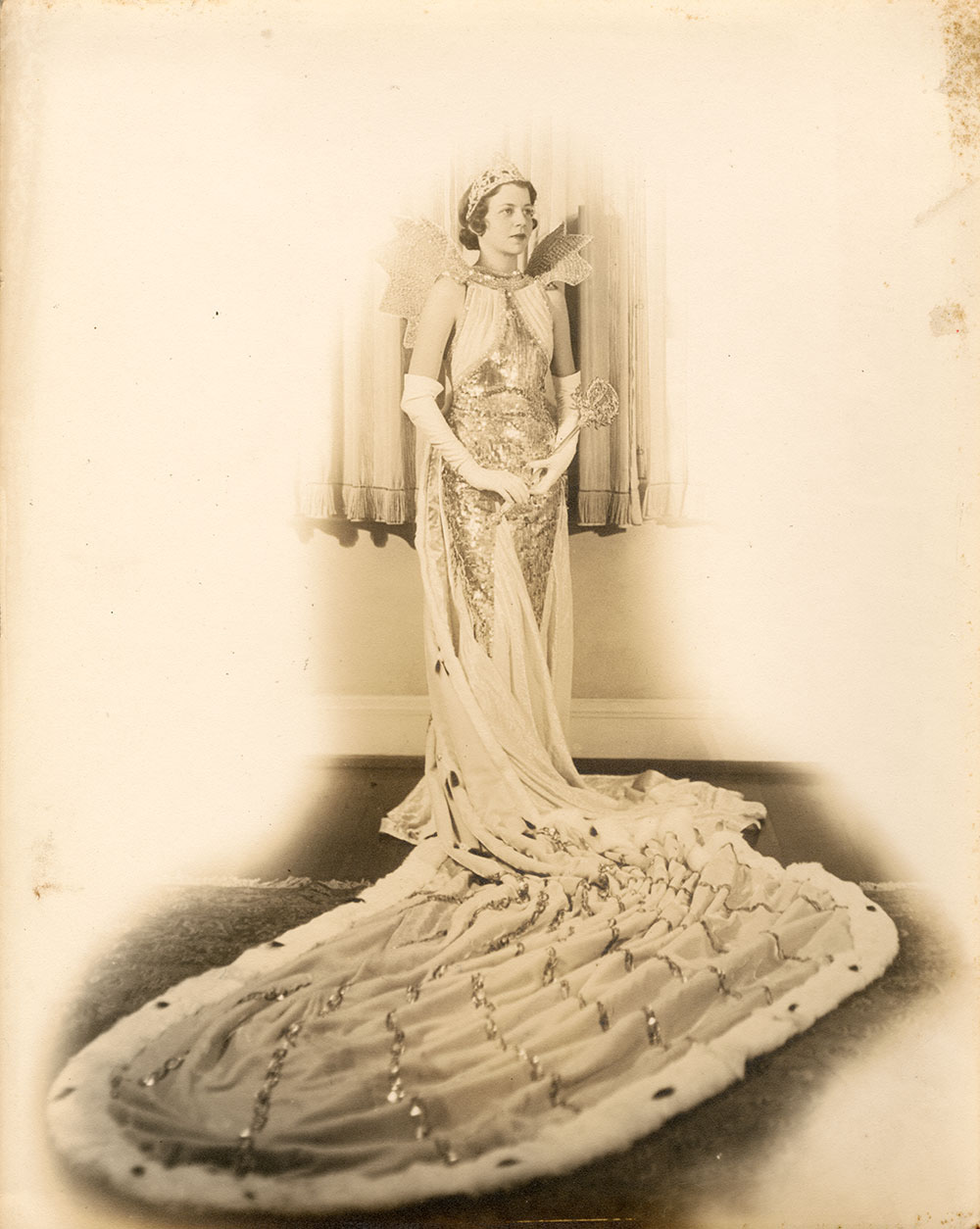
More Must-Reads from TIME
- Cybersecurity Experts Are Sounding the Alarm on DOGE
- Meet the 2025 Women of the Year
- The Harsh Truth About Disability Inclusion
- Why Do More Young Adults Have Cancer?
- Colman Domingo Leads With Radical Love
- How to Get Better at Doing Things Alone
- Michelle Zauner Stares Down the Darkness
Contact us at letters@time.com